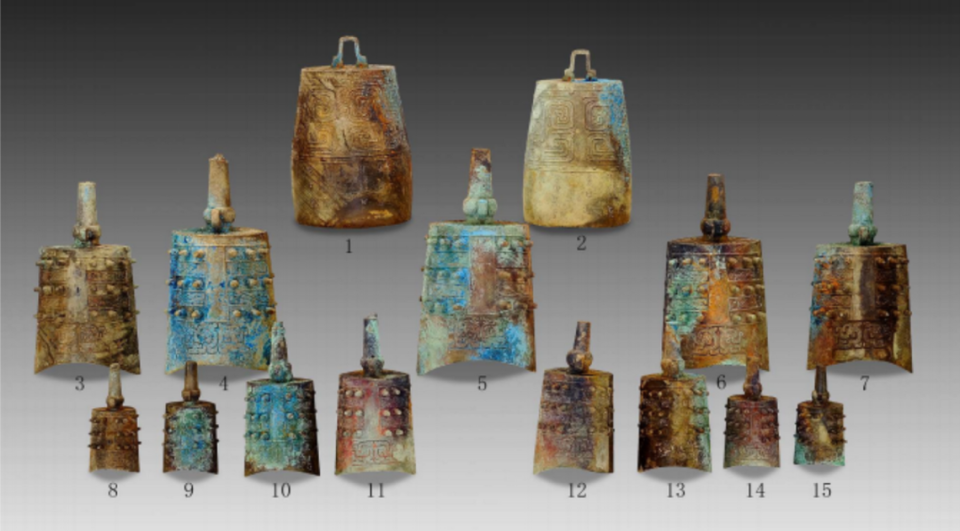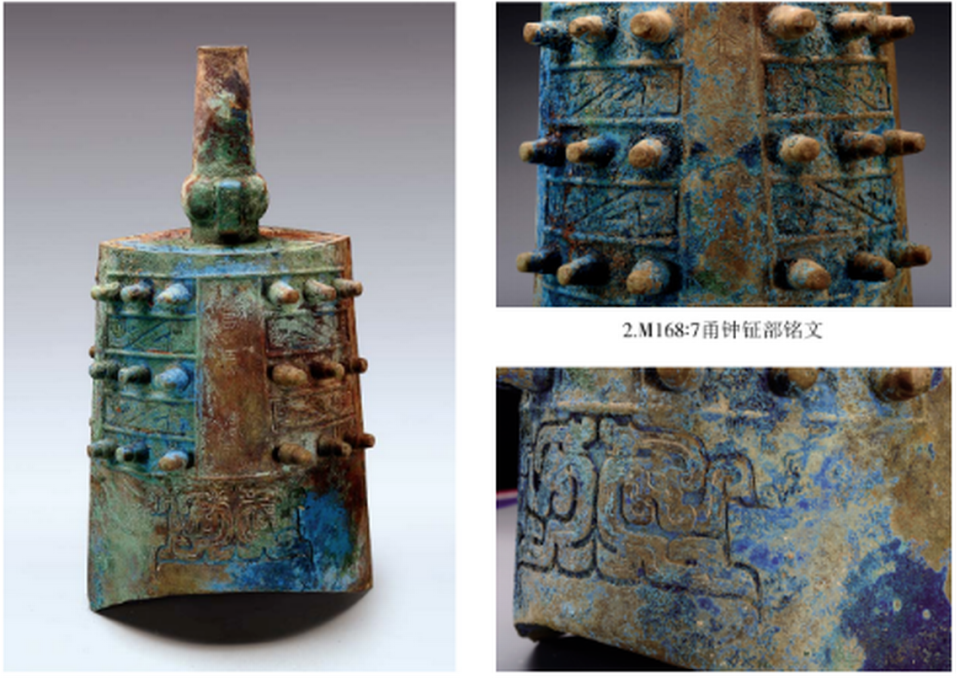Ancient musical instruments unearthed in China tomb — with someone’s name. See them
When researchers in China discovered a series of tombs and horse burials, they saw that the archaeological site had been pillaged.
One tomb, a large construction in the shape of the letter “A,” likely belonged to someone important, but the owner was a mystery, according to an April 15 news release from the Hubei Provincial Institute of Cultural Relics and Archaeology.
Some of the artifacts were gone, and even some of the bones and human remains had been stolen from their final resting place, officials said. Then the researchers discovered a set of bronze bells — with a name on them.

Uncover more archaeological finds
What are we learning about the past? Here are three of our most eye-catching archaeology stories from the past week.
→ Farmer loses plow part in Polish field — then finds historic artifact during search
→Divers remove ancient Roman cargo from shipwreck — and find unique carvings. See them
→ Metal detectorists find ancient portrait in Danish field. See the 'legend' it depicts
The body of the tomb, called M168, had been stolen, but left behind were 15 musical instruments made of bronze.
Two different kinds of bells, Bo and Yong bells, were found buried in the tomb, all of which had name inscribed on the front, “Zeng Hou Bao,” according to the release.
Two Bo bells also had a longer inscription, saying Zeng Hou Bao had chosen this material (the bronze) to create his own bells for eternal use, the researchers said.
The bells were likely ritualistic, and not practical, according to the release, suggesting that the tomb belonged to a high-level aristocrat.

The tomb was dated to between 650 B.C. and 623 B.C., somewhere between the early and late stages of the Spring and Autumn period, the researchers said.
Under the Zhou dynasty, many smaller lordships fought for power in their regions including Hubei Province where the tombs are buried, according to Britannica.
One of these regions was Zeng State, where the tomb of Zeng Gonqiu and Zeng Houde were also discovered, according to the release. The tomb of Zeng Hou Bao joins other Zeng State tombs discovered at the site.
The bells also resemble artifacts from the Zhou Chu culture, the researchers said, suggesting there was a cultural exchange between the two groups more than 2,000 years ago.
Baidu Translate was used to translate the news release from the Hubei Provincial Institute of Cultural Relics and Archaeology.
Ancient Roman graveyard — with over 1,400 tombs — unearthed in France. Take a look
‘Zombie’ grave — dating back 4,200 years — discovered in Germany, photos show
‘Unique’ 500-year-old chest — intended for battle — found on shipwreck in Sweden
Trove of artifacts — including cannonballs and coins — found at French island fort

